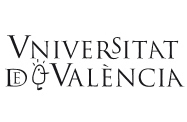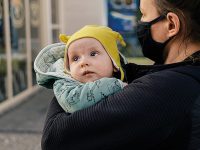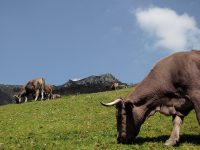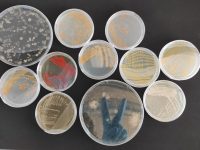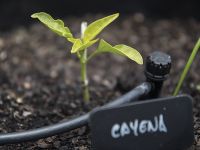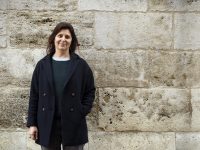Microorganisms against post-harvest pathogens
Ana Rosa Ballester is an agricultural engineer at the Institute of Agrochemistry and Food Technology (IATA).
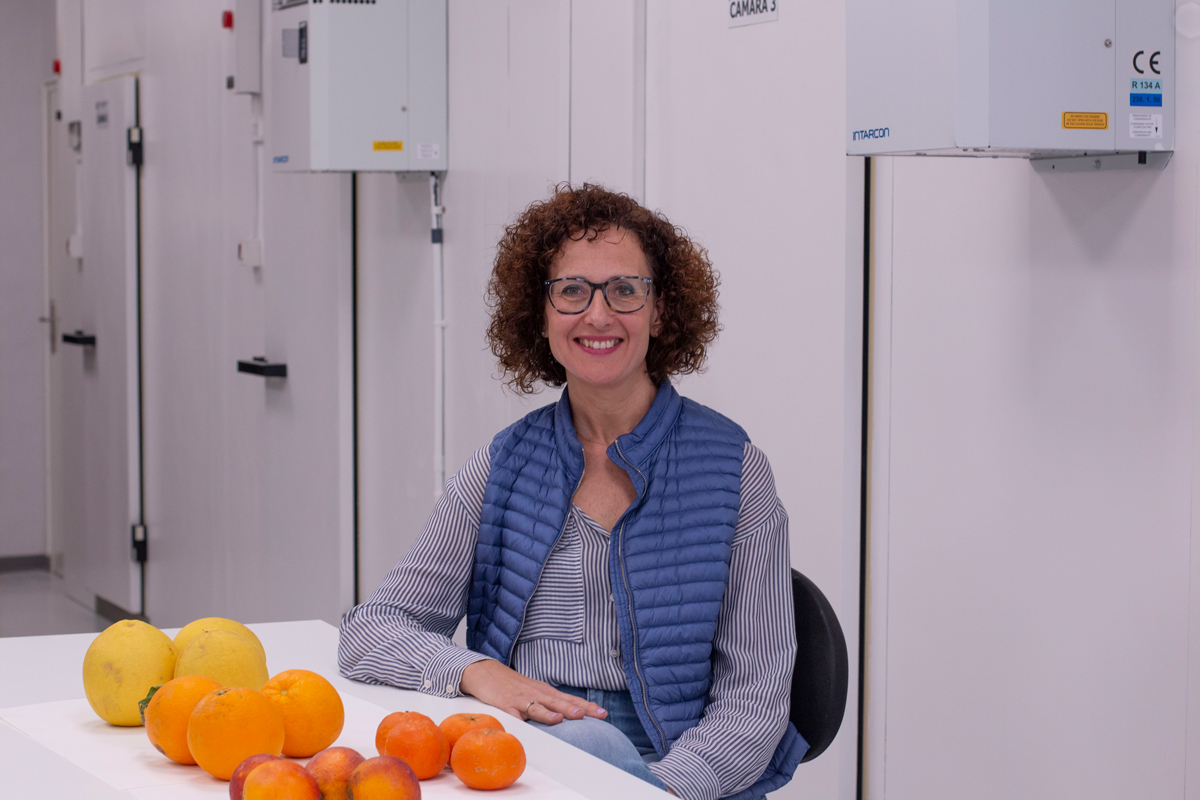
My name is Ana Rosa Ballester and I work at the Institute of Agrochemistry and Food Technology (IATA) of the Spanish National Research Council (CSIC). I am a senior scientist and agricultural engineer with a degree from the Polytechnic University of Valencia (UPV) and a PhD from the University of Valencia (UV). I currently work in the Department of Food Biotechnology and in the Physiology, Post-harvest Pathology and Biotechnology Group.
There is a global problem that requires a reduction in the use of fungicides against post-harvest pathogens. My work in the lab is driven by this issue and we are working on several projects to try and find a solution.
It is true that at the moment there is no other product that is as good as fungicides. They are the most effective, but they also cause some problems. Our job is to try to reduce their use by using different microorganisms and molecular biology techniques or different natural compounds. In addition, the use of alternatives to chemical fungicides can help reduce the economic losses associated with fruit rot (when fruit is thrown away because it is unfit for human consumption) and microtoxins. I believe that the future lies in the combination of different microorganisms that can compete with pathogenic fungi.
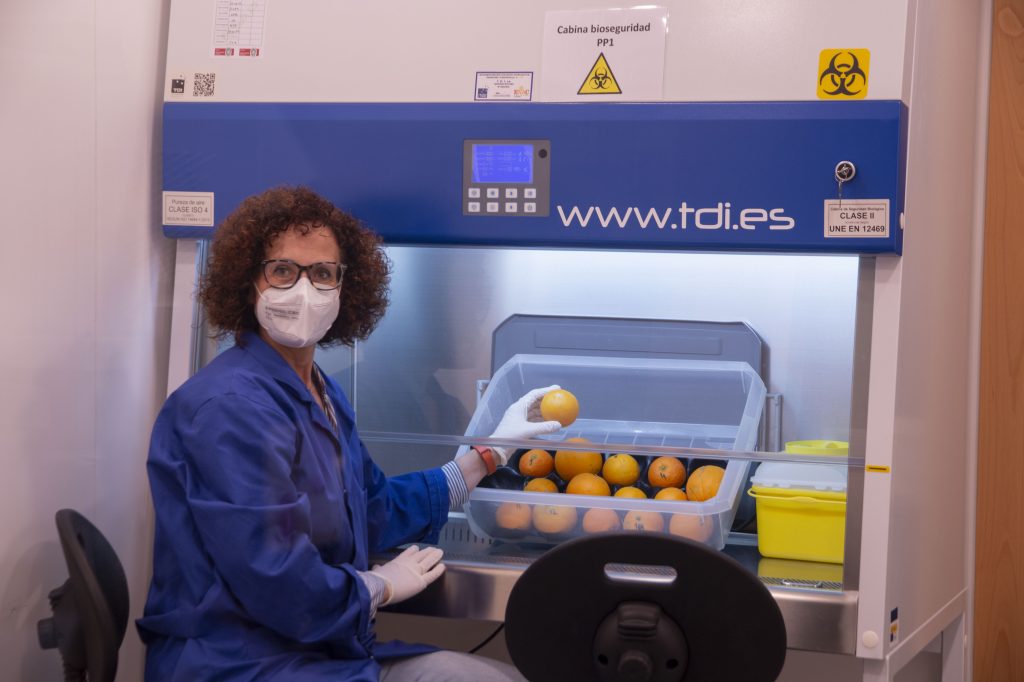
Ana Rosa Ballester after the interview / Photo: Laura García.
What we are doing in post-harvest pathology is looking at the filamentous fungi that infect fruit or produce microtoxins and using genetic modification to remove genes that are involved in the mycotoxin biosynthesis pathway or that are involved in fungal virulence or pathogenesis and comparing how they develop during the infection processes. We use post-harvest research chambers where we infect these fruits and compare them with the original strain to see if removing these genes through molecular biology reduces infection. Another thing we are doing is finding different microorganisms to use as biocontrol agents. In the project we are working on, we go into the field and use different oranges that have been washed with water and we collect the microorganisms on the surface. We isolate them and identify them using molecular genetics and sequencing, and then we grow them in a culture medium with the fungi we want to test to see if growth is reduced.
We are working with a private company on this project, and if the microorganisms reduce the growth of the pathogen, the next step will be to produce them on an industrial scale and apply them in the field during the post-harvest period.
